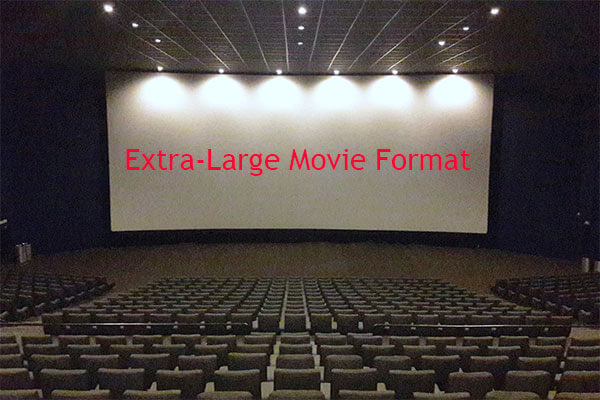What Is Large Format?
The meaning of the large format can vary depending on the industry in which it is used. For example, in the printing industry, the large format typically refers to printing on materials that are wider than 24 inches, such as posters, banners, and signs. In the photography industry, large format refers to the use of large film sizes, typically 4×5 inches or larger.
Large format can also refer to digital media, such as large format displays or digital signage. These displays are typically used for advertising or information purposes in public spaces, such as airports, malls, or outdoor events.
What Does Large Format Mean?
The term “large format” can be used to describe a wide range of media types, including paper, vinyl, fabric, and plastic. These materials can be printed using a variety of printing technologies, including inkjet, dye-sublimation, and screen printing.
In addition to its use in the printing and photography industries, large format is also commonly used in the design and architecture industries. Large-format printers can be used to print architectural plans and schematics, as well as large-scale designs and artwork.
What Does Large Format Stand For?
Overall, the term “large format” stands for any type of media that exceeds the typical size of traditional print media. The definition of the large format can vary depending on the industry in which it is used, but it generally refers to media that is wider than 24 inches.
What Is Large Format Used For?
In today’s world, large-format media is becoming increasingly important as businesses and organizations look for new and innovative ways to promote their products and services. Whether it’s a large banner hanging outside a retail store or a digital display in a busy airport, large-format media offers a powerful way to reach a large audience and make a lasting impression.
What Are the Advantages of Large Format?
The use of large-format media can also help businesses and organizations stand out in a crowded marketplace. By using eye-catching graphics and designs, businesses can capture the attention of potential customers and communicate their message in a more impactful way.
Large-format media is also versatile and can be used in a variety of settings. For example, large format banners and signs can be used both indoors and outdoors, making them ideal for trade shows, events, and retail environments.
Another advantage of large-format media is that it can be customized to meet the specific needs of businesses and organizations. Whether it’s a custom banner for a trade show or a large-scale print for a building facade, large-format media can be tailored to fit the unique requirements of any project.
As technology continues to evolve, so too does the world of large-format media. Advances in printing technology and materials have made it possible to produce high-quality large-format prints with greater speed and efficiency than ever before. This has made large-format media more accessible and cost-effective for businesses of all sizes.
In a Nutshell
In conclusion, large format is a term used to describe any type of media that exceeds the typical size of traditional print media. It can be used in a variety of industries, including printing, photography, design, and architecture. Large-format media offers businesses and organizations a powerful way to reach a large audience, stand out in a crowded marketplace, and communicate their message in a more impactful way. With advances in technology and materials, large-format media is becoming more accessible and cost-effective, making it an increasingly popular choice for businesses of all sizes.
Also Read
- What Format Does Kindle Use & How to Convert PDF to Kindle Format
- What Formats Do Google Play Music, Movie, and E-Book Support?
- Video Formats Supported by Facebook & Its Post/Ad/Photo Formats
- Audio Formats: Uncompressed vs Compressed (Lossless & Lossy)
- [7 Ways] Fix Firefox Browser Not Recognize Video Formats Issue





User Comments :